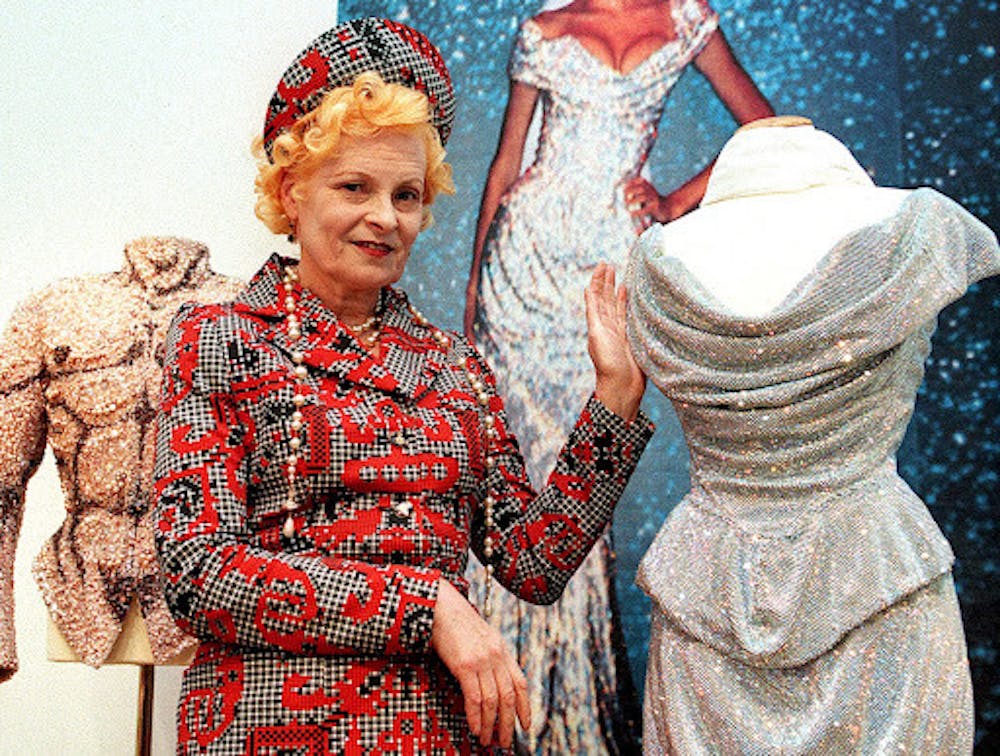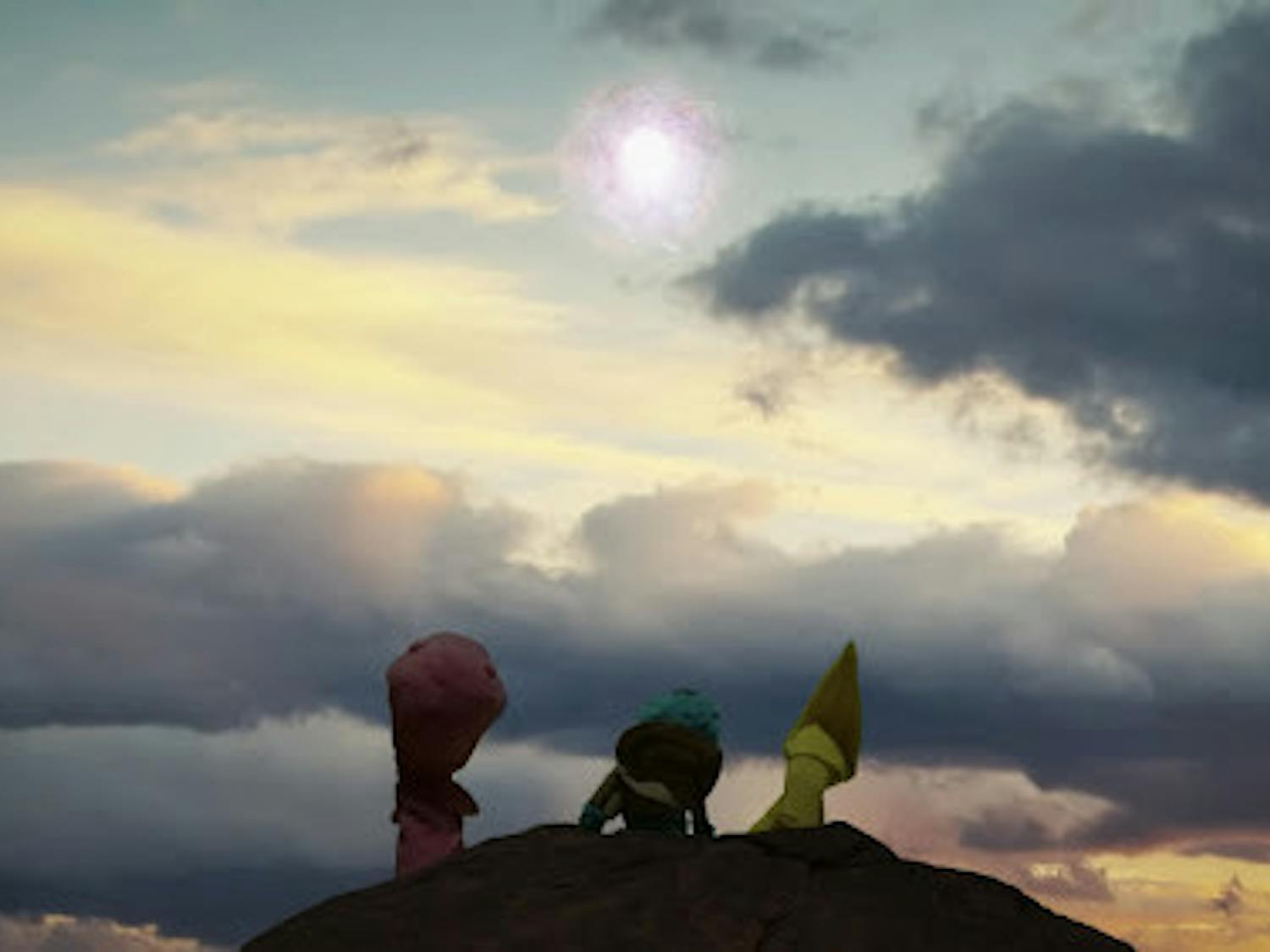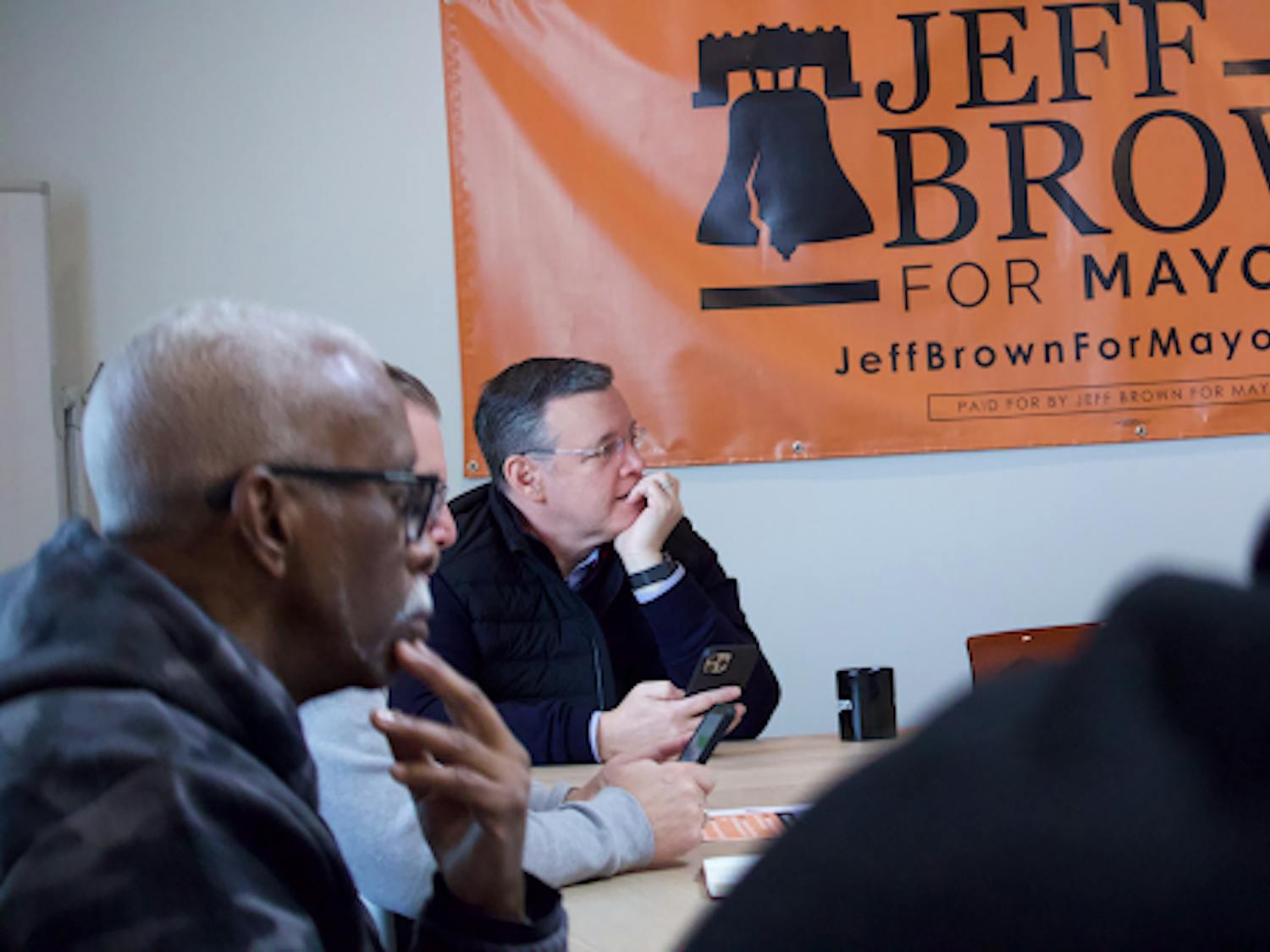How do we begin to measure the beginning of fashion and the end of it? How are the pages turned so we understand that we need to change things? Vivienne Westwood certainly had the answer.
Vivienne Westwood was a fashion designer, activist, and businesswoman. More importantly, she wanted to create a better version of tomorrow, a world that wasn’t fueled by greed or global corruption. Unfortunately, Ms. Westwood died this December on the 29th, but her mark on the world will never be forgotten. Westwood took the expectation of properness and specific etiquette in English fashion and completely flipped it. She was a visionary, to say the least, and her genius inspired the creation of Punk fashion.
With Malcolm McLaren’s help, Westwood opened up a Punk shop on King’s Road. The store went by many names, most notably “SEX.” Moving past the radical name, the clothes inside challenged every value in the conservative nature of 1970s England. The store featured a naked breast with piercings and a picture of the late Queen with a safety pin through her mouth. The shop embraced many styles; army combat gear, bulky platform shoes, sheer white shirts, and lingerie.
Westwood highlighted Punk fashion and her shop, “It’s true, the punk fashion itself was iconographic: rips and dirt, safety pins, zips, slogans, and hairstyles. These motifs were so iconic in themselves -motifs of rebellion.”
In 1980, Vivienne Westwood moved on to bigger things. Her shop was renamed “Worlds End” and is still open in London.
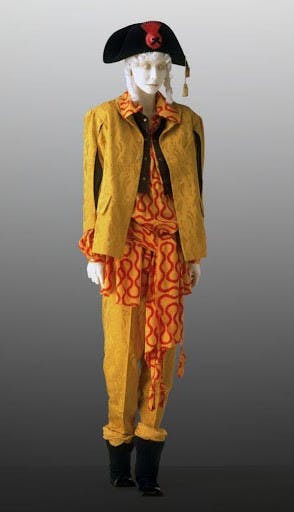
An outfit from the “Pirate” collection | Source: V&A South Kensington
Westwood starts to become an iconic image by changing the status quo. Her first collection, taken to the catwalk alongside Malcolm McLaren, was launched in 1981. The collection was named “Pirate”; it included wide Buccaneer pants, Rococo-style fashion, and bright colors. The collection was unisex and heavily focused on masculine attributes. Westwoods “Pirate” was like a symbolic escape. It featured textures and fabrics from “SEX” and was the realization of Westwood’s potential for many people.
This collection became a catalyst for the “New Romantic” period, featured in bands like The Blitz. Westwood and McLaren brought their interests into every collection, every piece of work. And what’s even more admirable were their references to various cultures. The “Pirate” collection was based on Native American patterns, a notable segue into other cultural textiles and materials.
In 1982, Westwood split from McLaren and started designing every product by herself, without the insight of Mclaren or anybody else, which played to her advantage; she began to market her clothing all over the world, becoming renowned for the radical nature and new ideas that she brought forth. Westwood dropped her collection “Mini-Crini” in the Spring/Summer of 1985. This was the collection that pre-determined Westwood’s fixation on elements of historical dress, taking it to the next level in the following collections. The “Mini-Crini” collection played with Victorian crinoline and bell-shaped skirts; it highlighted her embrace of the past. A couple of collections later, the “Portrait” collection was released in the Spring/Summer of 1990. The collection was full of dozens of corsets inspired by Rococo-style painters like François Boucher. Because of this idea, the collection was once again controversial. The Rococo period symbolized eroticism, and when mixed with the corsets in this collection, Westwood’s motives were questioned.
A large supporter of this collection, Valerie Steel, explains the motives for corsets as it coincides with the collection, “Long disparaged as a symbol of female oppression, the corset began to be reconceived as a symbol of female sexual empowerment.” In this way, Westwood highlighted gender and was very progressive when it came to the study of gender. She stood in the equilibrium of masculinity and femininity. In this specific runaway, women became what they never were and accentuated this by revealing the history of the art but also playing with its strings so that history was twisted.
Beyond just fashion, Westwood was very concerned with being ethical. The question of what is righteous was always an idea that she touched on; sometimes, she would even speak out about fashion, saying it could be inherently unethical. Westwood was an incredibly involved activist; many of her runways and catwalks were used as campaigns for activism.
Westwoods biggest concern with our society is that we are over consumers; we’re destroying the earth faster than we know it, “our economic system, run for profit and waste and based primarily on the extractive industries, is the cause of climate change. We have wasted the earth’s treasure and can no longer exploit it cheaply.”
Enjoy what you're reading?
Signup for our newsletter
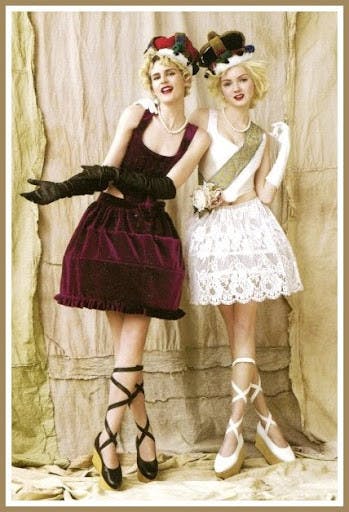
“Mini-Crini” Collection Victorian crinoline skirts | Source: No Kill Magazine
Westwood also started an Ethical Fashion Initiative in Nairobi, making handmade bags; the EFI promotes sustainable businesses and provides income for poor communities. Westwood was extremely worried about the planet; she demanded the help of politicians and everyone. She has pleaded, “I’m bored with fashion and much more concerned about the planet’s health. We barely have a generation to change things before it is too late.” We own cars, use excessive plastic, keep the sink on forever, use gas, and buy clothes, and this would all be fine if there was no tomorrow, but there is. Westwood propelled us to imagine a better decade, a better century. Her climate quotes are accusatory and bold, as they should be. We have adopted the world now, “This means by the end of this century, there will only be one billion people left. Our politicians, they are preparing for this. They are not trying to stop it; they are preparing for it. They just talk about how they are going to deal with it. How can you deal with it? It’s going to be an absolute horror. The rainforest will be gone; the oceans will be dead; there will be no water… And so it’s very easy to do. Be specific!”
Westwood’s words empowered many, in the conversation on consumerism, in the undeniable fact that the natural world is dying rapidly. Her fashion became a world of time, and her activism shed light on her incredible art. By adopting history, she became the future and meshed her priorities and the priorities of the globe together.
Vivienne was always in favor of the little things, and as much as she thought that this world was messy, she believed, “You've got to invest in the world, you've got to read, you've got to go to art galleries, you've got to find out the names of plants. You've got to start to love the world and know about the whole genius of the human race. We're amazing people.”

